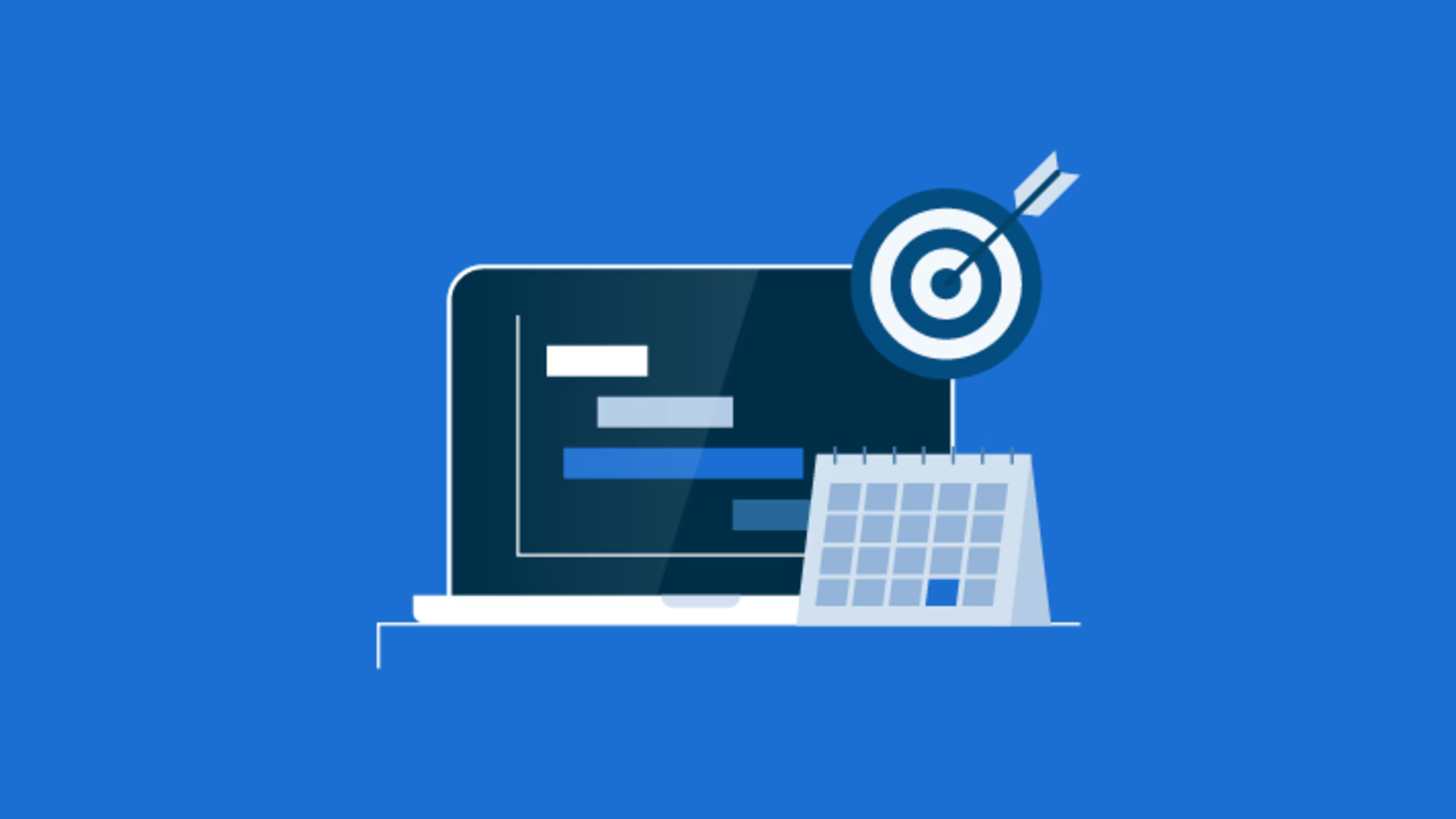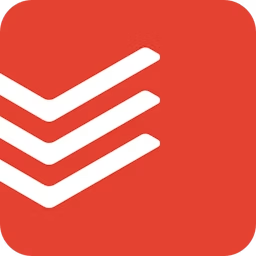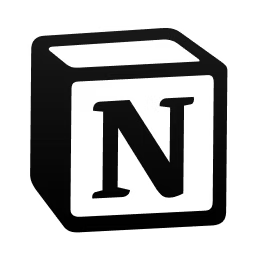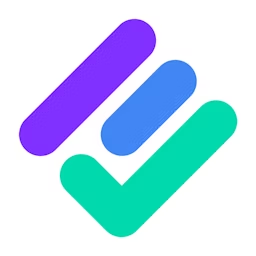As a project manager, do you often try to find ways to better delegate tasks to your team? Maybe managing a task list in your inbox works on most days. But, when working with many stakeholders, it's crucial to turn to task management software for better delegation.
However, knowing the right set of features for your needs is crucial as it helps you pick the right tool. This article highlights five crucial task management software features based on the ratings given by verified software users. We also include the highest-rated task management software solutions for each feature.
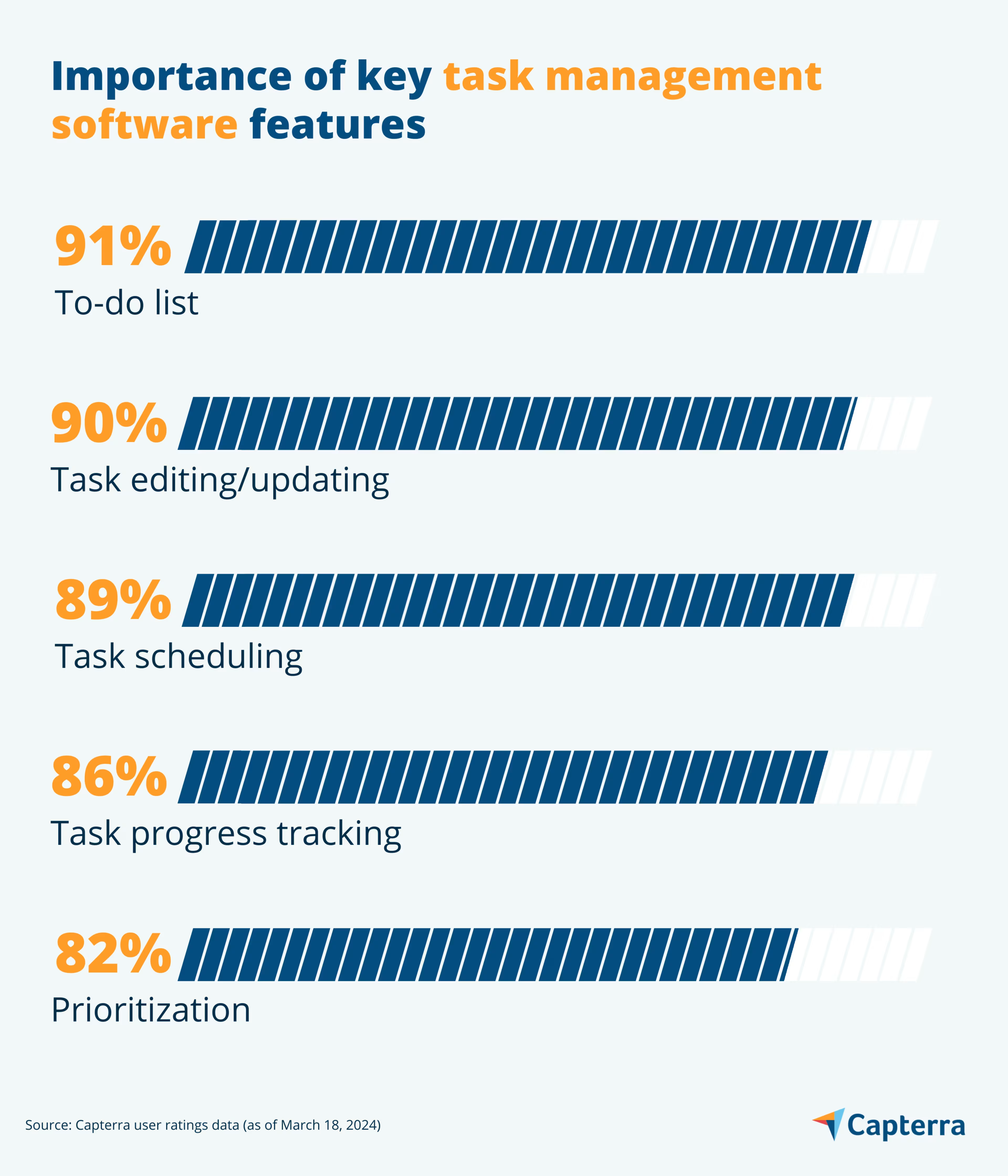
1. To-do list
The to-do list feature in task management software serves as a fundamental tool for organizing, prioritizing, and tracking tasks efficiently. You can create tasks by entering a title, description, due date, priority level, and any other relevant details. This allows for clear articulation of what needs to be done and provides context for the task. You can set due dates and deadlines for tasks, which are prominently displayed in the to-do list.
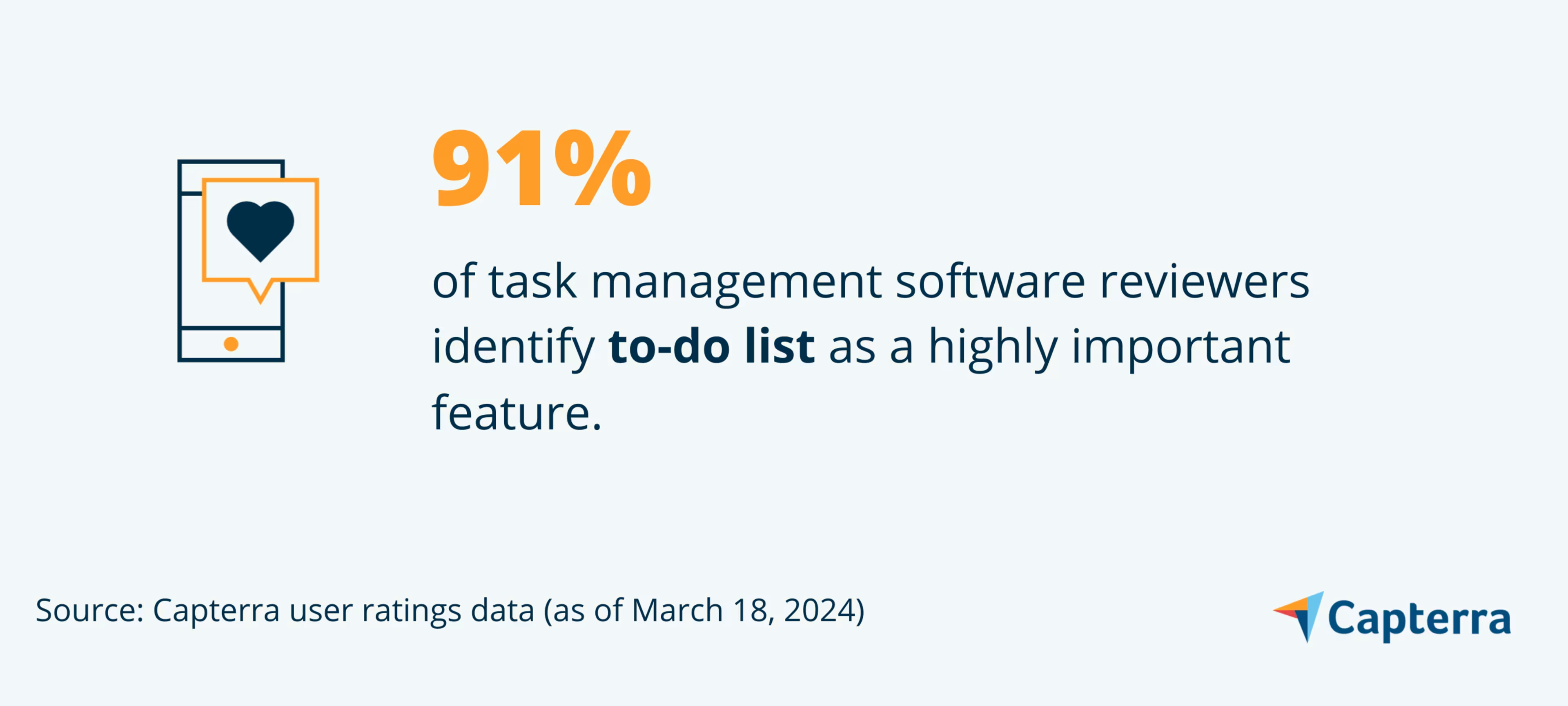
What business problem does the to-do list feature solve?
In a fast-paced work environment, time management is crucial for maximizing productivity and meeting deadlines. To-do lists in a task management tool help you allocate time effectively by providing a clear overview of tasks and deadlines, allowing you to plan your day or week accordingly. With a to-do list, individuals can allocate their time effectively by scheduling recurring tasks according to their deadlines and importance. This helps in maximizing productivity and meeting project milestones.
Ideal users of the to-do list feature
Freelancers, consultants, and professionals working independently can use the to-do list feature to manage their workload, prioritize recurring tasks, and stay organized without the support of a larger team. Additionally, project managers and team leads can use to-do lists to create task lists for specific projects, assign responsibilities to team members, conduct task tracking, and ensure that project milestones are met on time.
Top 3 products with the highest ratings for to-do list
We selected products for this article based on their average ratings between March 2022 - March 2024, which may differ from their current overall average ratings.
Trial/Free Version
- Free Trial
- Free Version
To-do list feature rating
Device compatibility
Trial/Free Version
- Free Trial
- Free Version
To-do list feature rating
Device compatibility
Trial/Free Version
- Free Trial
- Free Version
To-do list feature rating
Device compatibility
2. Task editing/updating
The task editing/updating feature in task management software is essential for maintaining accuracy, relevance, and flexibility in managing tasks. You can update various aspects of a task, such as its title, description, due date, priority level, assigned user, tags, and attachments. This ensures that task details remain up-to-date and reflect changes or additional information. The task editing feature also allows you to modify due dates, extend deadlines, or reschedule tasks as needed, ensuring that they remain realistic and achievable.
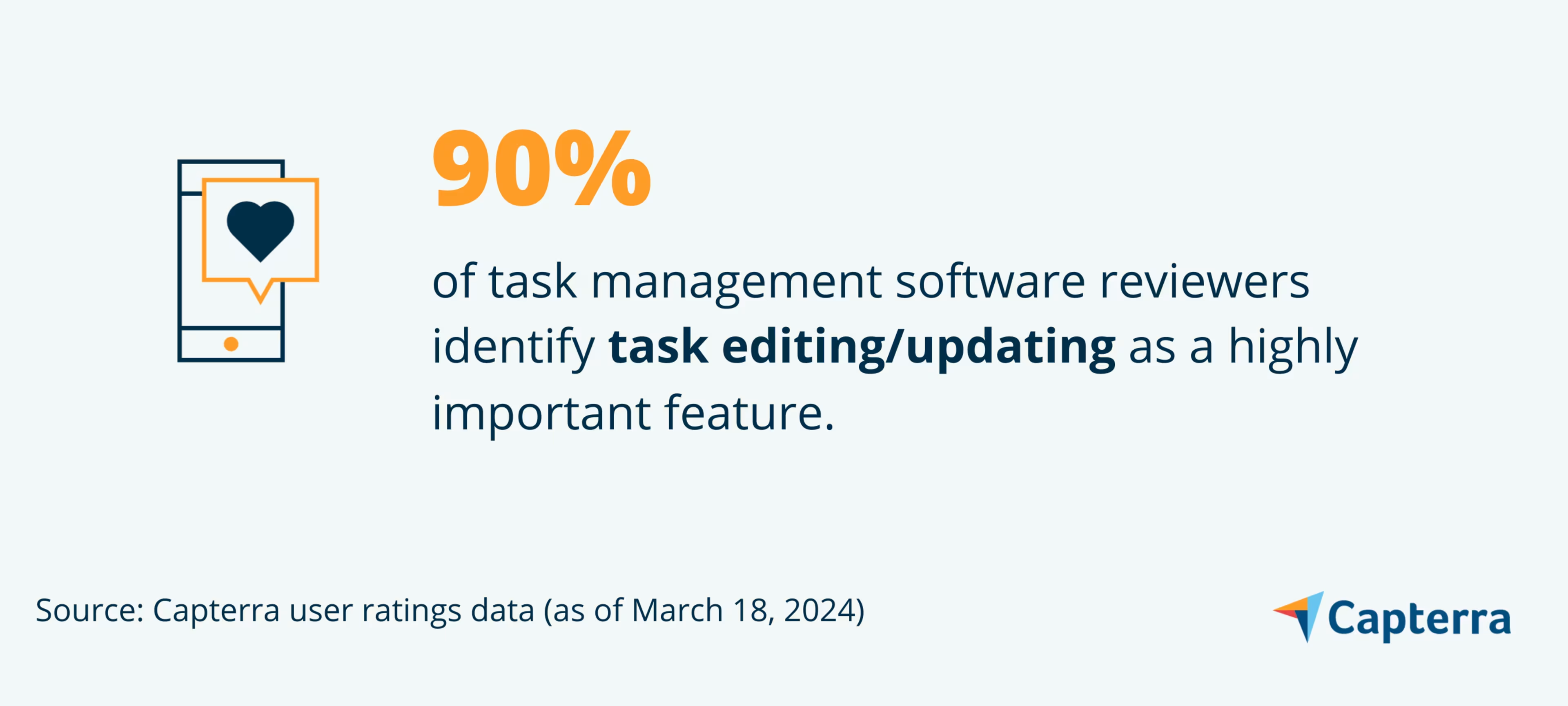
What business problem does the task editing/updating feature solve?
Business environments are dynamic, with priorities, deadlines, and requirements often changing. The task editing/updating feature allows teams to adapt quickly to these changes by modifying task details, deadlines, and priorities as needed. This ensures that teams remain agile and responsive to shifting business needs. The task editing/updating feature also ensures that task details reflect the latest information, reducing the risk of confusion, errors, or outdated task assignments.
Ideal users of the task editing/updating feature
Project managers are responsible for overseeing the planning, execution, and completion of projects. They need to assign tasks and update task details, deadlines, and priorities to ensure that projects stay on track and meet objectives. Team leaders and supervisors who assign tasks to their team members often need to make adjustments to a task assignment, deadlines, and priorities based on changing priorities or resource availability.
Top 3 products with the highest ratings for task editing/updating
We selected products for this article based on their average ratings between March 2022 - March 2024, which may differ from their current overall average ratings.
Trial/Free Version
- Free Trial
- Free Version
Task editing/updating feature rating
Device compatibility
Trial/Free Version
- Free Trial
- Free Version
Task editing/updating feature rating
Device compatibility
Trial/Free Version
- Free Trial
- Free Version
Task editing/updating feature rating
Device compatibility
3. Task scheduling
The task scheduling feature in task management software enables you to plan and allocate tasks, ensuring that deadlines are met and resources are utilized effectively. You can assign specific dates and times to tasks, indicating when they need to be started or completed. This allows for precise scheduling and ensures that tasks are completed on time.
Task scheduling also allows you to define task dependencies in multiple projects, specifying which tasks must be completed before others can begin. This ensures that tasks are completed in the correct sequence, preventing bottlenecks and optimizing workflow efficiency.
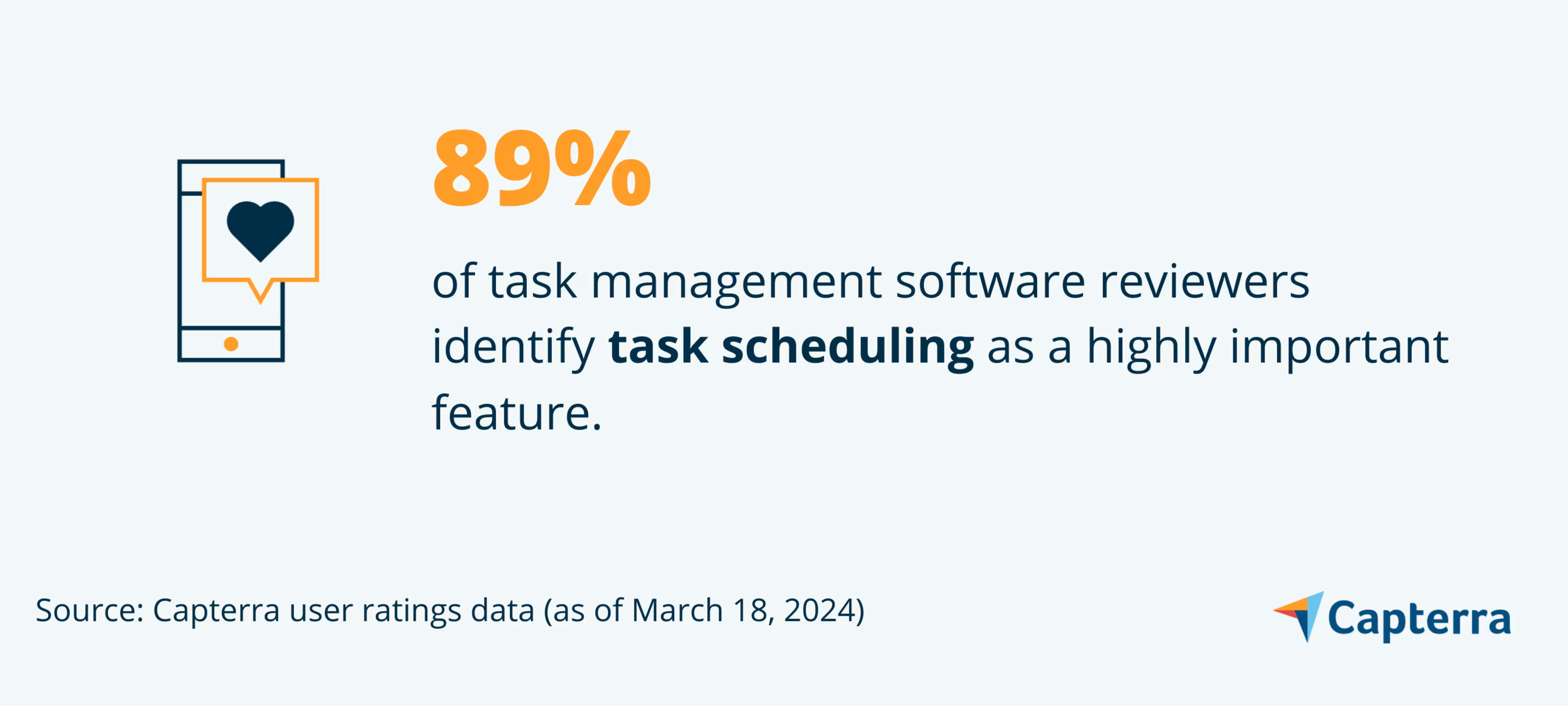
What business problem does the task scheduling feature solve?
Businesses often face the challenge of allocating resources, such as personnel, time, and equipment, efficiently across various tasks and projects. Task scheduling in task management tools helps businesses manage their resources effectively by providing visibility into task schedules, allowing them to assign resources based on availability and workload. While meeting deadlines is essential for business success, tasks may be delayed or overlooked without proper scheduling, which can lead to missed deadlines. Task scheduling software helps businesses prioritize tasks, set realistic deadlines, and allocate resources accordingly, ensuring that projects finish on time and fostering greater team collaboration.
Ideal users of the task scheduling feature
Project managers are responsible for planning, organizing, and overseeing projects from start to finish. They rely on task scheduling to create project schedules, allocate resources, set deadlines, and track progress. Additionally, individual contributors, such as developers, designers, writers, and analysts, use task scheduling software to plan and organize their work. They rely on task scheduling to prioritize tasks, manage deadlines, and track progress on their assigned tasks.
Top 3 products with the highest ratings for task scheduling
We selected products for this article based on their average ratings between March 2022 - March 2024, which may differ from their current overall average ratings.
Trial/Free Version
- Free Trial
- Free Version
Task scheduling feature rating
Device compatibility
Trial/Free Version
- Free Trial
- Free Version
Task scheduling feature rating
Device compatibility
Trial/Free Version
- Free Trial
- Free Version
Task scheduling feature rating
Device compatibility
4. Task progress tracking
The task progress tracking feature in task management software allows you to monitor and evaluate the status of tasks as they move through different stages of completion. You can update the status of an individual task to reflect its progress. Common status labels include "to do," "in progress," "on hold," and "completed." By updating task statuses, users provide visibility into the current state of each task. Additionally, your team members can add comments, notes, or updates to complex tasks to provide context, share relevant information, or communicate progress with team members. Task comments serve as a log of communication and collaboration around a particular task.
What business problem does the task progress tracking feature solve?
Without task progress tracking, it can be challenging for managers and team members to understand the status of ongoing tasks and projects. The feature provides visibility into task progress, ensuring that everyone involved has a clear understanding of what tasks are in progress, completed, or pending. Task progress tracking also holds team members accountable for their assigned tasks by providing a record of their progress. It helps identify bottlenecks, delays, or issues that may hinder task completion, allowing managers to intervene when necessary and ensure that tasks are completed on time.
Ideal users of the task progress tracking feature
Team leaders and supervisors oversee the work of their team members and need to ensure that tasks are progressing as planned. They use task progress tracking to monitor task status, provide guidance and support to team members, and make adjustments as needed to keep projects on track. Cross-functional teams collaborate on projects that require input from multiple departments or disciplines. Task progress tracking helps team members coordinate their efforts, identify dependencies, and ensure that tasks are completed in the correct sequence to achieve project goals.
Top 3 products with the highest ratings for task progress tracking
We selected products for this article based on their average ratings between March 2022 - March 2024, which may differ from their current overall average ratings.
Trial/Free Version
- Free Trial
- Free Version
Task progress tracking feature rating
Device compatibility
Trial/Free Version
- Free Trial
- Free Version
Task progress tracking feature rating
Device compatibility
Trial/Free Version
- Free Trial
- Free Version
Task progress tracking feature rating
Device compatibility
5. Prioritization
The prioritization feature in task management software enables you to categorize and rank tasks based on their relative importance, urgency, or impact on business objectives. Prioritization allows you to assign priority levels to tasks, such as high, medium, or low. Priority levels help you identify which tasks are most critical and require immediate attention. You can set a due date for an important task to indicate when it needs to be completed. Task management software may highlight overdue tasks or upcoming deadlines to help you and your team prioritize work and track tasks accordingly.

What business problem does the prioritization feature solve?
Businesses often face limited resources, including time, manpower, and budget. The prioritization feature helps businesses allocate these resources effectively by identifying and focusing on the most important tasks that contribute to achieving strategic objectives. Additionally, with numerous repetitive tasks and responsibilities competing for attention, employees can become overwhelmed and struggle to manage their time effectively. The prioritization feature helps employees prioritize any regular or recurring task based on importance and urgency, enabling them to allocate their time efficiently and focus on high-priority activities.
Ideal users of the prioritization feature
Project managers rely on the prioritization feature to strategically allocate resources, manage deadlines, and ensure project milestones are met. By identifying critical tasks, they achieve workflow automation, mitigate risks, and maintain project progress effectively. For individual contributors, prioritization is essential for managing their workload efficiently. By focusing on high-impact tasks, they enhance productivity, meet deadlines consistently, and contribute effectively to project success.
Top 3 products with the highest ratings for prioritization
We selected products for this article based on their average ratings between March 2022 - March 2024, which may differ from their current overall average ratings.
Trial/Free Version
- Free Trial
- Free Version
Prioritization feature rating
Device compatibility
Trial/Free Version
- Free Trial
- Free Version
Prioritization feature rating
Device compatibility
Trial/Free Version
- Free Trial
- Free Version
